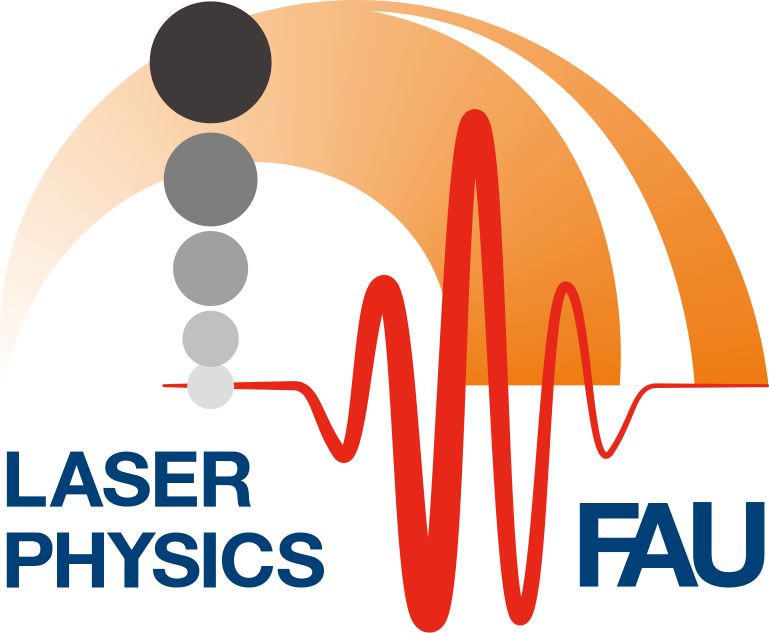Generation and detection of attosecond electron pulses – published in Physical Review Letters
Recently, extremely fast phenomena in nature have become directly accessible due to the development of attosecond science. Imaging atoms and electrons in motion requires a probe that allows high spatial resolution on time-scales shorter than one oscillation of the light field. Imaging with light in the form of attosecond extreme-ultraviolet pulses is limited by diffraction and poor spatial coherence of the beams. In contrast and due to the very short de Broglie wavelength of electrons accelerated to high energies, state-of-the-art electron microscopes can resolve individual atoms. The combination of the two approaches, namely using electron probes with ultrashort (femtosecond) durations, is the basis of ultrafast electron microscopy and diffraction. This allows to image the dynamics of phase transitions, chemical reactions or magnetic domains. Observation of even faster dynamics (electron wavepacket motion, coherent lattice vibrations, phase-resolved optical near-field imaging, etc.) is now possible due to compression schemes producing attosecond electron pulses. Sub-cycle electron pulses are also required in novel electron acceleration schemes, where the accelerating force is provided by light. Here only the perfect timing of electron arrival with respect to the field oscillating at optical frequency results in an efficient acceleration.
As we show in this paper, the electron pulse trains with individual pulse durations shorter than 1 fs are both generated and detected using the ponderomotive interaction with optical travelling waves formed by two-color laser pulses in vacuum. The temporal evolution of the electron distribution in the pulse train is then visualized by a second interaction precisely timed with respect to the first one. Electron pulses as short as 300 attoseconds are generated after a propagation distance of less than 100 microns. In comparison with other techniques based on the interaction with optical near-fields, the ponderomotive scheme is not limited by the laser damage threshold of the nanostructures, both in peak and average power. The presented results pave the way towards applications of attosecond electron pulses generated by ponderomotive compression in ultrafast electron diffraction and microscopy experiments.
The original publication can be found here.

